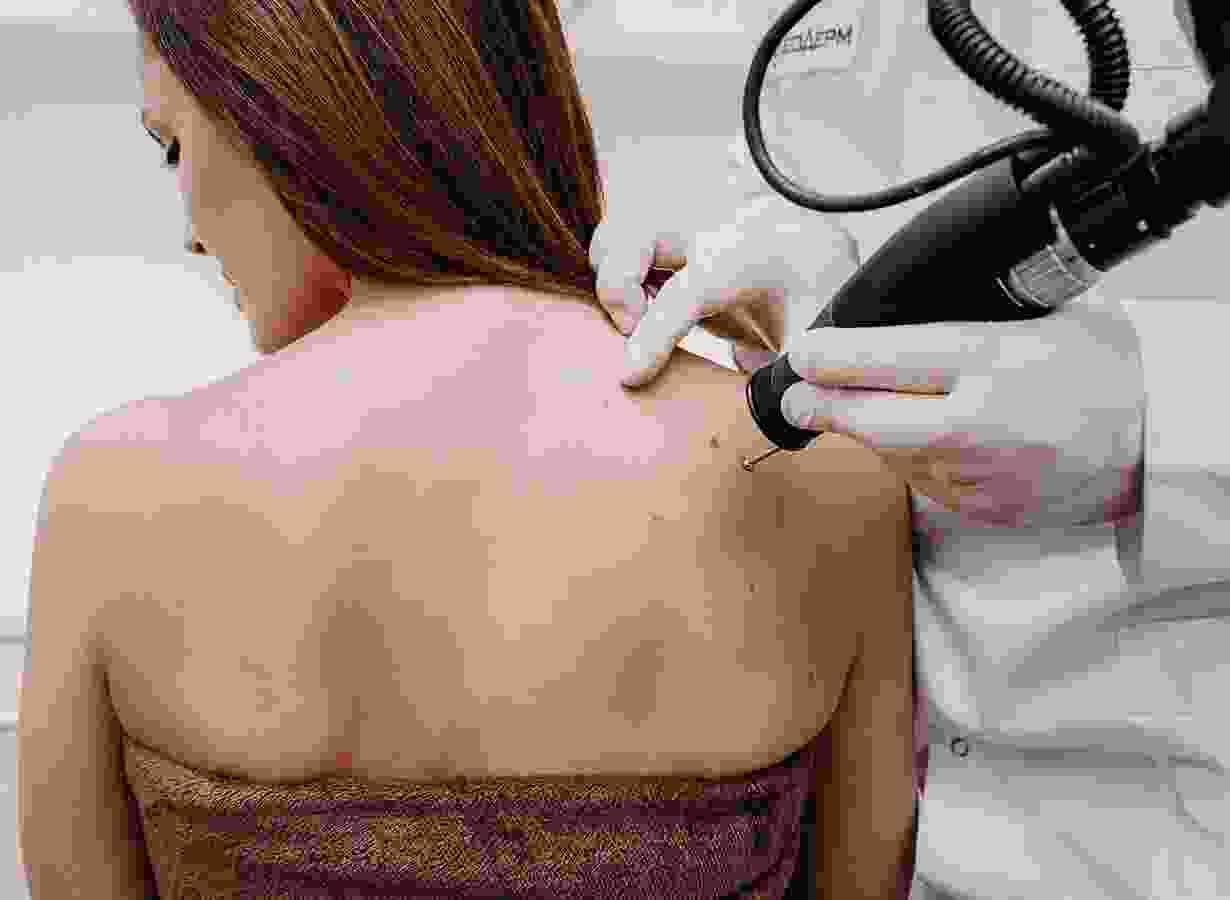At Bergen Aesthetics, we offer comprehensive care for osteoporosis. Heripsime Ohanian, PhD, MD, FACOG, can diagnose and treat the condition to lower your risk for bone fractures and other osteoporosis complications.
Why you have osteoporosis
The bones in your body are living tissue that are always breaking down and rebuilding themselves.
Osteoporosis is a chronic condition that describes progressive bone loss. The condition develops as you age, and your body can no longer produce new, healthy bone tissue.
The inside of your bone resembles a honeycomb structure. When you have osteoporosis, the bone that makes up the walls of the honeycomb eventually get thinner and smaller, creating a larger cavity in the bone. This space makes your bone more fragile and susceptible to fractures.
When osteoporosis is advanced, even minor movements like a laugh or cough can break your weakened bones and lead to ongoing mobility issues and the loss of your independence.
Warning signs you might have osteoporosis
In the earliest stages, osteoporosis may not cause any symptoms. We might only discover you have the condition by reviewing your risk factors for osteoporosis and ordering a bone density scan. This scan measures the mineral content in your bones to identify weakened areas of bone.
As osteoporosis progresses, symptoms may become more noticeable and include:
1.Pain
Back pain is a common side effect of fractured vertebrae within your spine. You can also experience pain anywhere in your body where a bone fracture occurs.
If you have unusual pain in your hips, knees, neck, or other areas as you get older, it’s worthwhile to seek a diagnostic evaluation for osteoporosis.
2. Stooped posture
A stooped posture results when fractures in your spinal vertebrae cause a curvature in your spine. This posture change, sometimes called a dowager’s hump, may be most visible at the back of your neck.
3. Loss of height
When vertebrae in your spine collapse under the weight of your body due to osteoporosis changes, you may not be as tall as you were.
For some, height loss isn’t noticeable until you have your annual physical. However, the progression of osteoporosis can lead to more significant loss of height over time.
Exploring treatment options for osteoporosis
A standard treatment for osteoporosis is bisphosphonate medications that prevent additional bone loss. Dr. Ohanian can determine if medications are right for you and which ones you should take to support your bone health.
Some women may also benefit from hormone replacement therapy if they develop osteoporosis due to the loss of estrogen in menopause. Estrogen is a reproductive hormone that plays a role in healthy bones and when your body slows its estrogen production at the end of your child-bearing years, you may be at a higher risk for osteoporosis.
Dr. Ohanian can also recommend lifestyle and diet changes you can make to prevent fractures and keep your bones strong. She customizes a care plan to your individual needs and continues to monitor your bone health in the long term.
Call the Bergen Aesthetics office in Paramus, New Jersey, to schedule an osteoporosis consultation or book an appointment online today.

